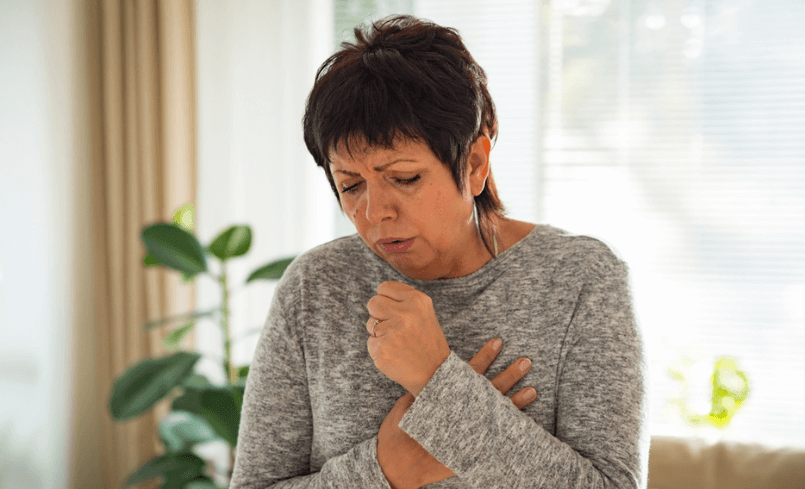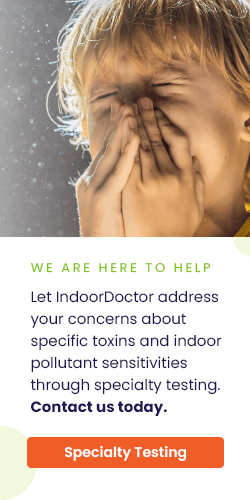Often we receive indoor air quality concerns that family members or employees have headaches, fatigue, dizziness, nausea and even memory loss. The first thing that I want to rule out is low grade carbon monoxide poisoning. Typically the carbon monoxide meter on your wall at home or in your business has a limit of detection or the amount of carbon monoxide needed to sound the alarm set at 10 parts per million (ppm). Our meters are calibrated to detect trace levels of carbon monoxide down to 1ppm. We see a serious problem when carbon monoxide is present in the home or business but is below the limit of detection for the alarm to sound. Low levels of carbon monoxide at 2 or even 3 parts per million may cause the aforementioned symptoms. My theory is that if the limit of detection on carbon monoxide alarms were lowered then the fire department would be overwhelmed with responding to the alarms.
What exactly is carbon monoxide (CO)?
Carbon monoxide is a colorless, odorless, toxic gas that is a product of incomplete combustion. Pollution results when combustion gases are not properly exhausted or are reintroduced into the building
Why is carbon monoxide dangerous?
The great danger of carbon monoxide is its attraction to hemoglobin in the bloodstream. When breathed in, carbon monoxide replaces the oxygen which cells need to function. When CO is present in the air, it rapidly accumulates in the blood, causing symptoms similar to the flu, such as headaches, fatigue, nausea, dizzy spells, confusion, and irritability. As levels increase, vomiting, loss of consciousness, and eventually brain damage or death can result.
Where does carbon monoxide come from?
Carbon monoxide is a by-product of combustion, present whenever fuel is burned. It is produced by common home appliances, such as gas or oil furnaces, gas refrigerators, gas clothes dryers, gas ranges, gas water heaters or space heaters, fireplaces, charcoal grills, and wood burning stoves. Fumes from automobiles and gas-powered lawn mowers also contain carbon monoxide and can enter a home through walls or doorways if an engine is left running in an attached garage.
All of these sources can contribute to a CO problem in the home. If a home is vented properly and is free from appliance malfunctions, air pressure fluctuations or airway blockages, carbon monoxide will most likely be safely vented to the outside. But in today’s “energy efficient” homes this is frequently not the case. Tightly constructed/sealed homes can trap CO-polluted air in a home year-round. Furnace heat exchangers can crack, vents can become blocked, inadequate air supply for combustion appliances can cause conditions known as backdrafting or reverse stacking, which force contaminated air back into the home. Exhaust fans on range hoods, clothes dryers and bathroom fans can also pull combustion products into the home.
What level is safe?
We contend that appliances and home that are functioning properly should not have any carbon monoxide. In most buildings, levels will be below 5 ppm. Carbon monoxide levels above 5 ppm usually indicate the presence of combustion products. Whenever measurements detect the presence of these contaminants, it is important to ensure that the contaminants are exhausted at the source. The American Society of Heating, Refrigeration and Air- Conditioning Engineers recommend a maximum eight-hour average exposure limit of 9 ppm.






